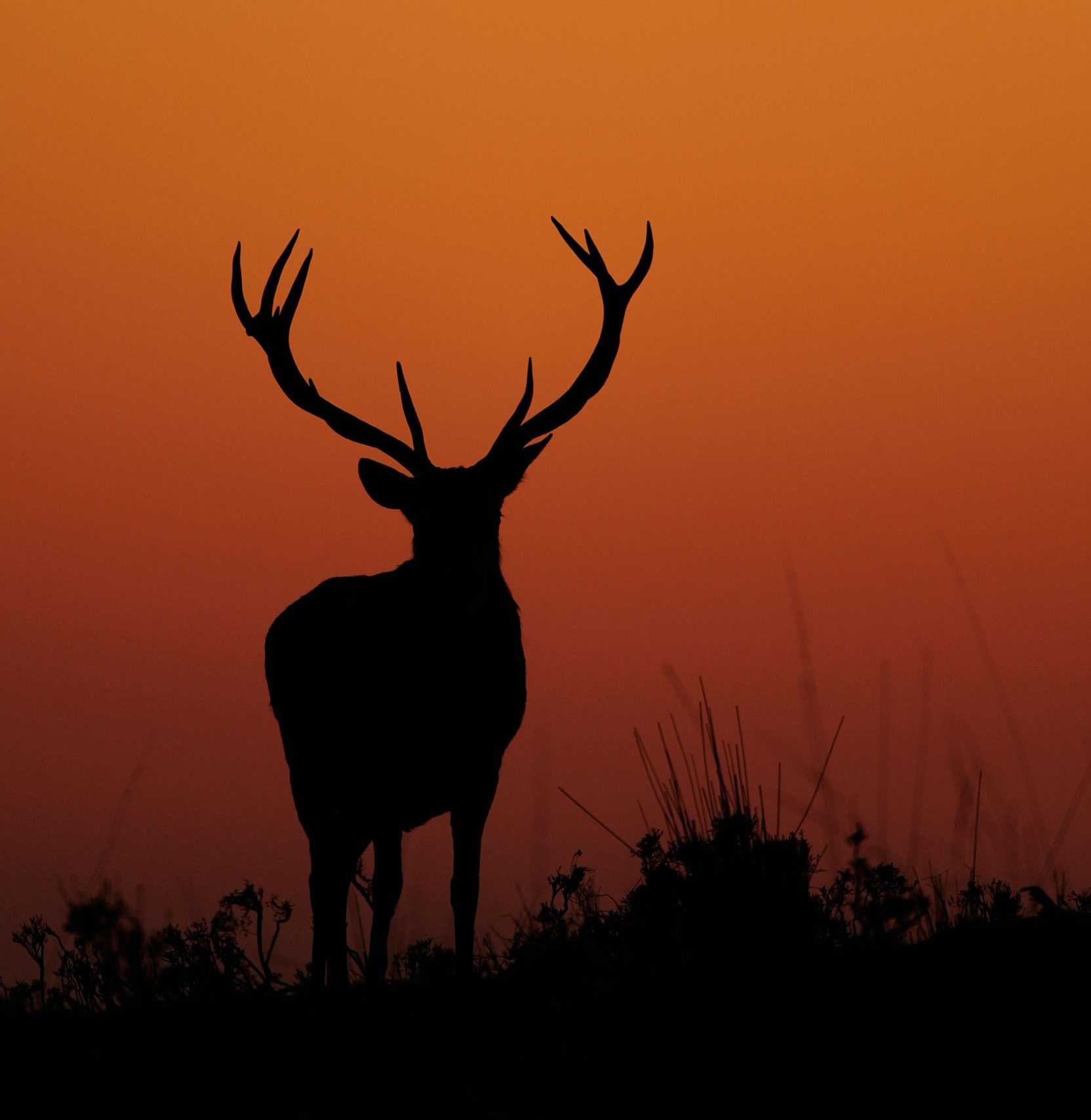
Considering the poor press that deer attract among foresters, it is ironic that of the 23 most important sites for ancient oaks in England, 20 were deer parks, 16 of which were medieval. Despite the presence of the animals, native trees found protection within the park boundaries of ditch, earthwork and cleft-oak paling fence, because felling for firewood and building was prohibited and deer numbers would have been strictly controlled.
Today, it is the descendants of those fallow deer brought over by the Normans — to join the native red and roe deer in populating those parks — that are the greatest cervine problem for landowners.
Read more: Britain's six types of deer
In counties such as Norfolk and Northamptonshire, huge herds of up to 300 beasts infest safe areas where they find sanctuary from being shot and, from there, invade neighbouring properties, leaving a trail of destruction.
Young tree populations in semi-natural native woodland or unfenced forestry are devoured. In some woods, the entire understorey is missing and the high browse line allows a view right through the wood. There is no regeneration and all the ground flora is hoovered up as well.
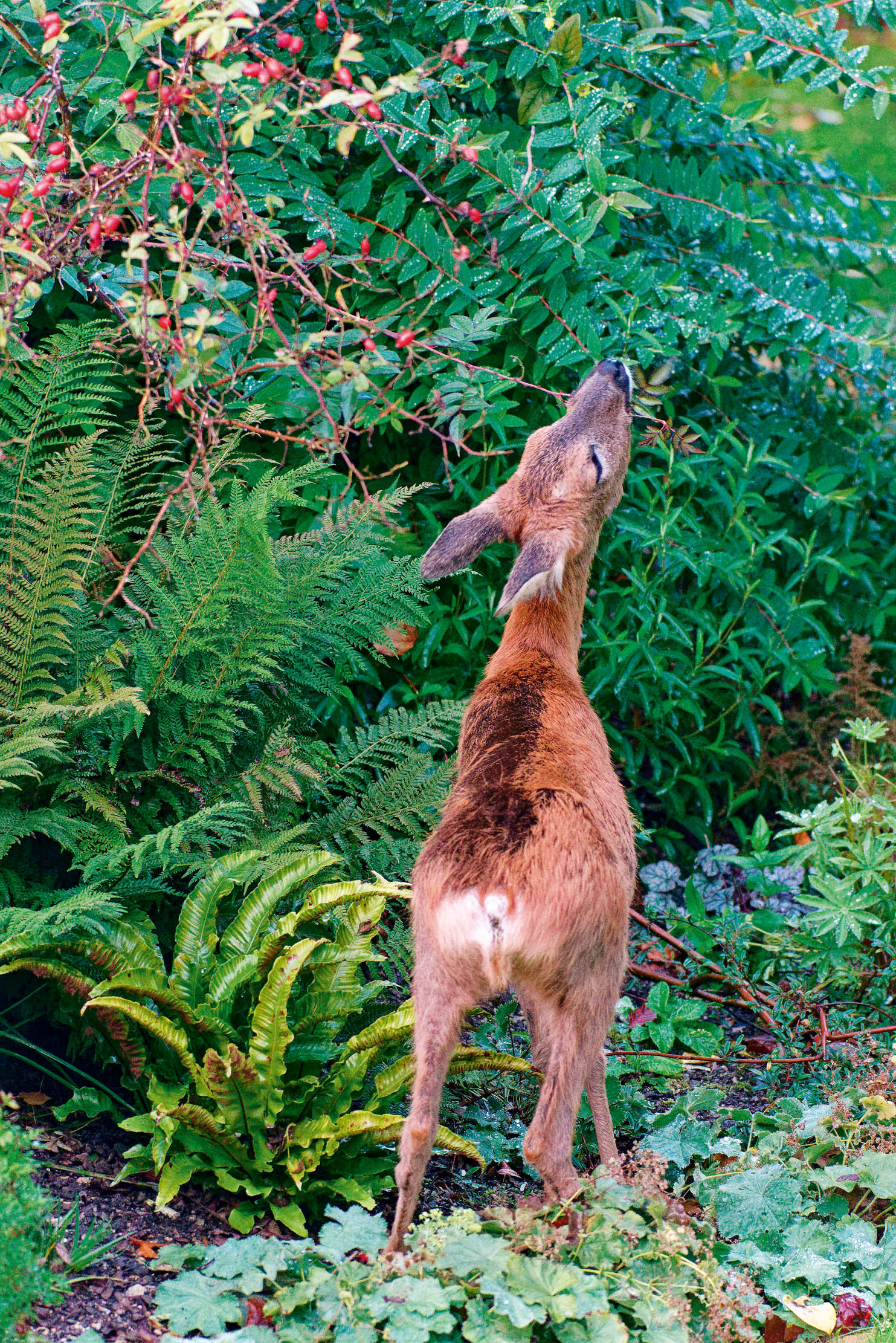
Where deer populations get out of control, vegetable crops can disappear overnight and there are more road-traffic accidents — more than 70,000 a year killing up to 20 people across the UK, according to the RSPCA. Voluntary deer management groups, such as those in Scotland, have been trialled as a way of bringing landowners together to control deer populations.
In some areas, such as Thetford Forest in Norfolk, Forestry England and the big privately owned estates do cooperate on deer management. However, the much more fragmentary nature of land ownership in England has made the system largely unworkable.
‘Somehow, we need to be able to get collaboration at a landscape scale,’ says Martin Edwards, head of deer management for the British Association of Shooting and Conservation (BASC), who is pinning his hopes on planting and woodland-management grants available under the England Trees Action Plan to incentivise landowners to treble tree-planting rates and thus think more carefully about their deer numbers.
Exquisite houses, the beauty of Nature, and how to get the most from your life, straight to your inbox.
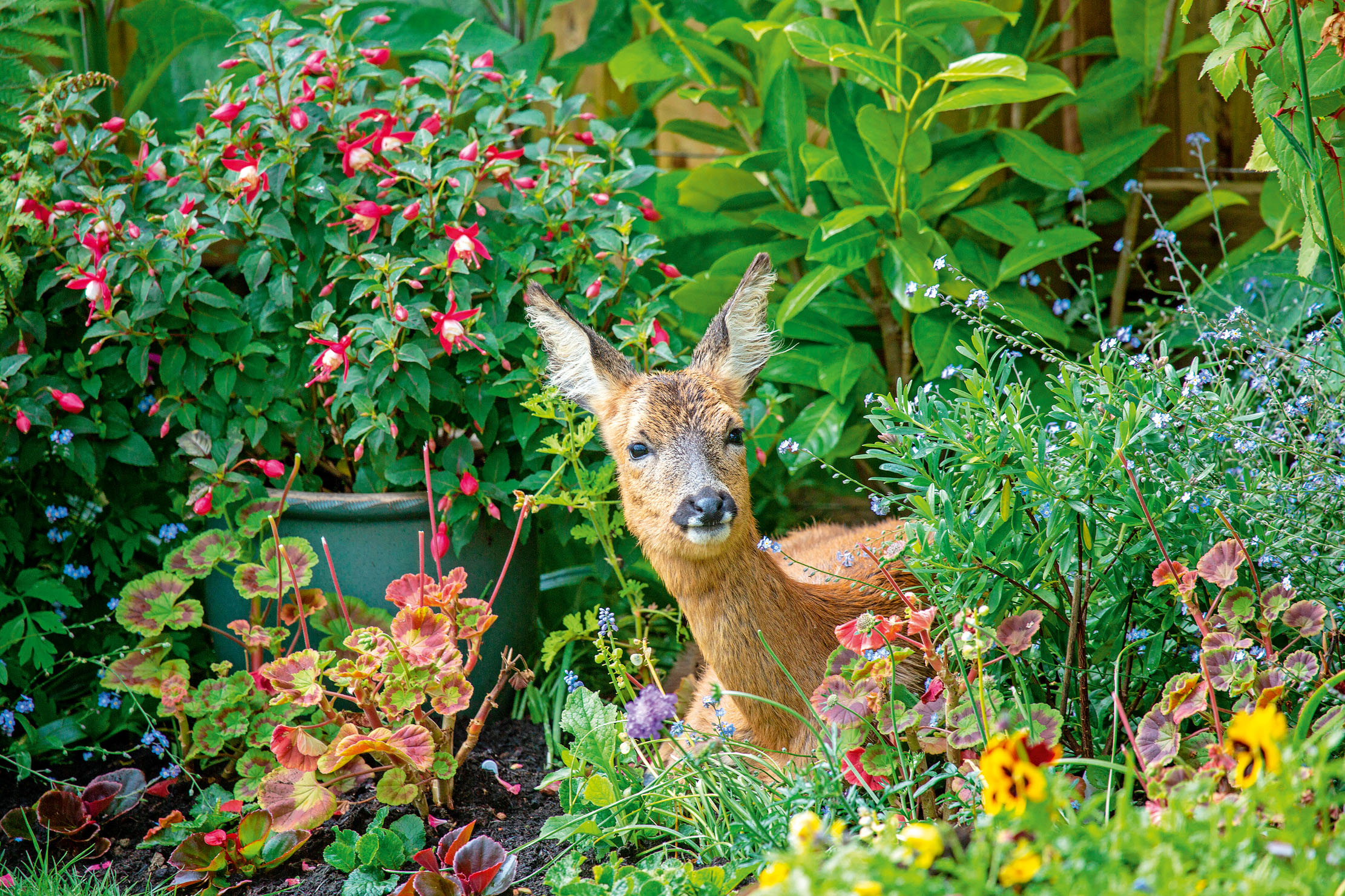
Most of the six species of deer in England are increasing their range. ‘Nationally, we are not shooting as many as we ought to be,’ cautions Mr Edwards. The solution, he suggests, is to incentivise recreational stalkers by providing an organised market for their venison, the current low price of which is a further disincentive to cull. ‘Otherwise, they will only shoot for their own freezer,’ he laments. The Forestry Commission (which now comprises Forest Research, Forest Services and Forestry England) agrees that ‘there is sufficient market capacity to accommodate an increase in wild venison supply, which has traditionally been supplemented by imported product’.
BASC is working with Forestry England and other bodies on improving the venison supply chain and introducing a quality-assurance scheme, which will encourage supermarkets to stock the healthy meat. Behind all this, a marketing campaign for venison is needed. ‘It would be interesting to survey the general public to see how many know what venison is and what animal it comes from,’ Mr Edwards says.
The fact of 2½ million acres of deer forest in the Highlands has been a matter for congratulation or for execration, dependent on whether the comments come from a sportsman, a naturalist, a sheep farmer or crofter or a member of a political party opposed to the existence of what is considered an anomaly in modern times.’ These words — that could have come from the pen of a 21st-century countryside commentator — were written in 1947, by the Highland naturalist Frank Fraser Darling. Still, today, the same protagonists debate the issue of what sort of deer population Scotland’s least productive land should support. Although, to their ranks, you can now add forester and rewilder, to both of whom deer en masse are unwelcome.

A glance through 19th- and early-20th-century books about red deer gives an idea of the almost mystical esteem in which the species was held by those whose quarry it was: Mine Eyes to the Hills, The High Tops of Black Mount, Lays of the Deer Forest — tales that fired the imagination with stories of muckle-antlered monsters. By contrast, the species’ literary canon today is reduced to a morass of worthy scientific studies.
Whenever Scots are asked which animal they most associate with Scotland, the monarch of the glen consistently wins over eagles and red squirrels. However, over the past 30 years, ‘villain of the ben’ has become a more appropriate epithet, as the monarch’s reputation has slipped. Histories of the Highland Clearances blame his preservation by owners in deer forests as a cause of human depopulation. He is seen as symbolic of wealth and privilege. He has become a road hazard.

To those planting new forests and taking advantage of grants to achieve the Scottish Government’s annual target of 18,000 hectares (44,500 acres) of new afforestation to combat climate change, his presence brings the need for deer fencing, which is disliked on both cost and environmental grounds. And, to the increasing number of new moorland owners wanting to rewild their estates and business owners in pursuit not of deer, but of carbon credits from trees, his grazing pressure frustrates their attempts at every turn.
The argument runs that traditional management of moorland for deer and a large reduction in the number of stalkers employed after the Second World War resulted in overpopulation. There were big increases in red deer, from about 150,000 in 1950 to a peak of more than 360,000 in 2000, since when they have reduced considerably. A report by the James Hutton Institute estimated 300,000 red deer in Scotland in 2019 and the trend continues downwards.

Donald Fraser, head of wildlife management for NatureScot, believes voluntary deer-management groups, the focus of which was previously on sporting resource, have improved their management techniques. ‘The groups are much more focused on regulating numbers to aid habitat management and to reflect social and environmental drivers to achieve biodiversity,’ he says.
Mr Fraser estimates populations across the North and West Highlands average five to 10 deer per square kilometre, the agreed top limit. Environmentalists would like to see the average at fewer than four. In the Eastern Cairngorms, an emphasis on grouse (the pursuit of which often unfairly attracts environmental controversy) has led to the greater culling of deer as tick carriers. In the softer Southern Highlands, there is still room for improvement.
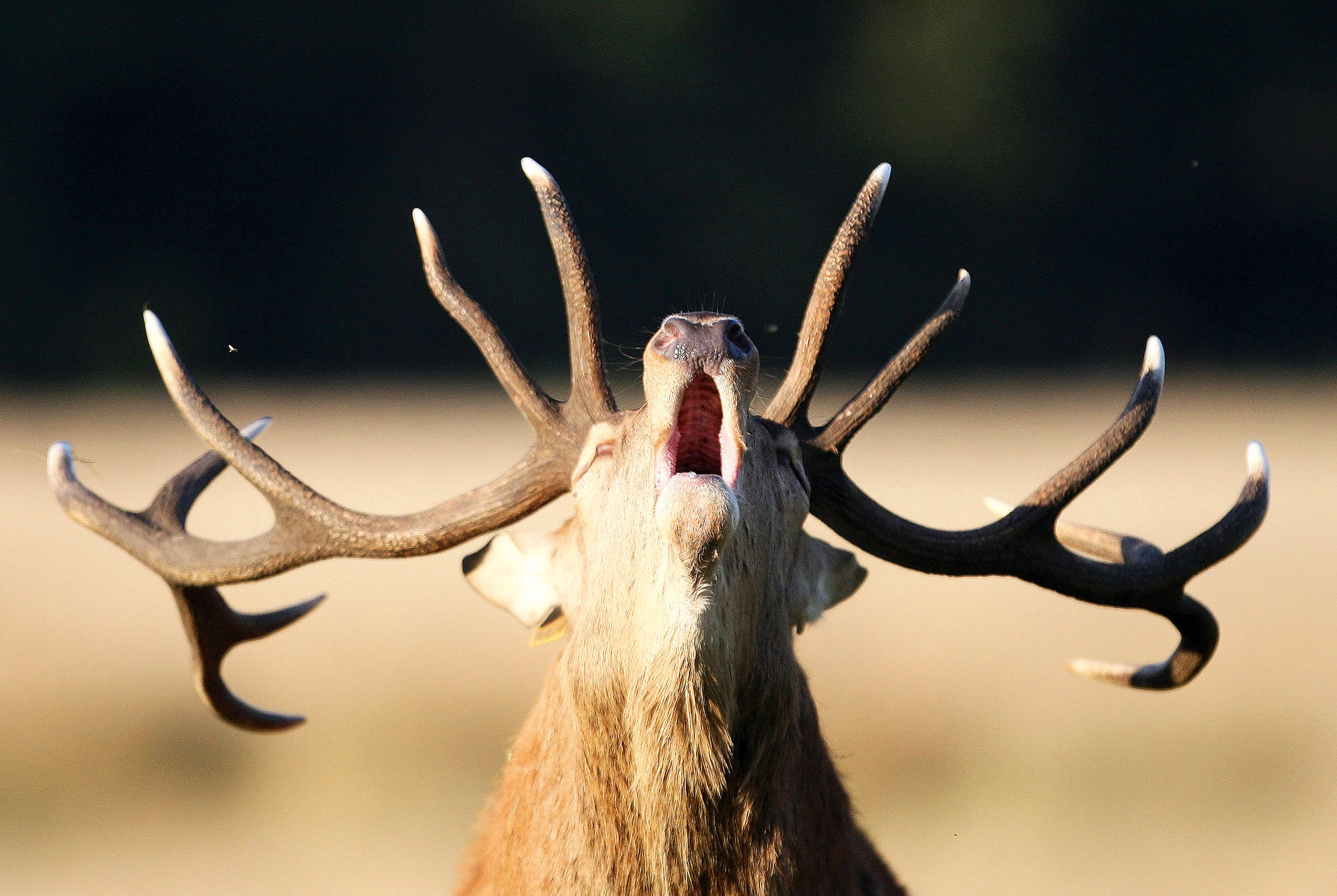
Richard Cooke, chairman of the Association of Deer Management Groups, reckons that ‘although the political classes have a hang up about deer and the environmental lobby shares that view’, the public are strong supporters of the species. ‘What is happening is deer-management planning is morphing into landscape planning,’ he explains. ‘It will continue to get better.’
Mr Cooke also rates the human safety aspect of deer as very important. Poorly designed deer fences close to roads create corridors from which animals can’t escape. Meanwhile, councils sow fertile grass verges that are ‘like lollipops’ to the deer, which also like to lick the salt spread on the roads in winter. ‘Shooting more deer won’t stop them coming onto the roads,’ he reasons. He is, however, optimistic that ‘there will still be a place in Scotland for open hill stalking in areas that are not suitable for anything else, but there will be less of the single-minded, monarch-of-the-glen thinking. We are moving into a new era where there is a healthy balance of different management objectives’.

Credit: Alamy
Jason Goodwin: How to turn a majestic but unlucky deer into a freezer-full of meals
Our columnist Jason Goodwin makes the most of a bit of A35 roadkill – with a little help from Christian Dior.
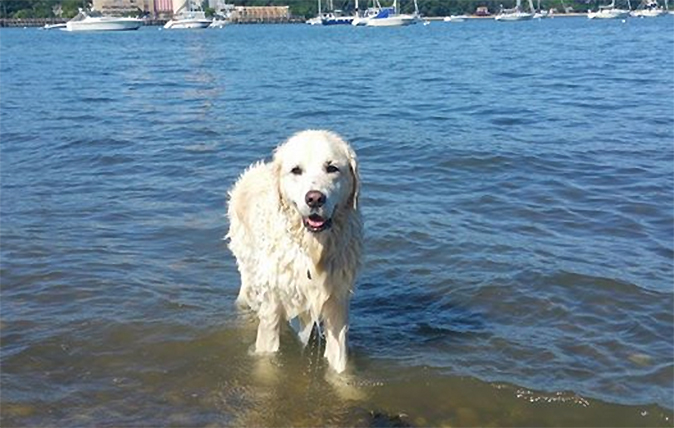
Dog who saved a deer from drowning becomes global star
A video clip of a golden retriever saving a young deer from drowning has made its star something of a